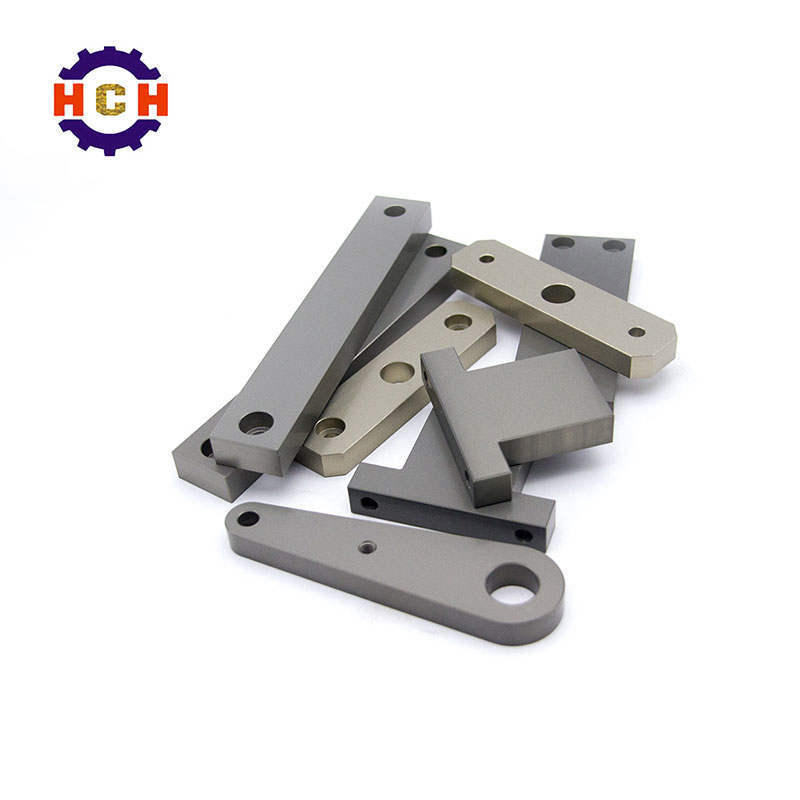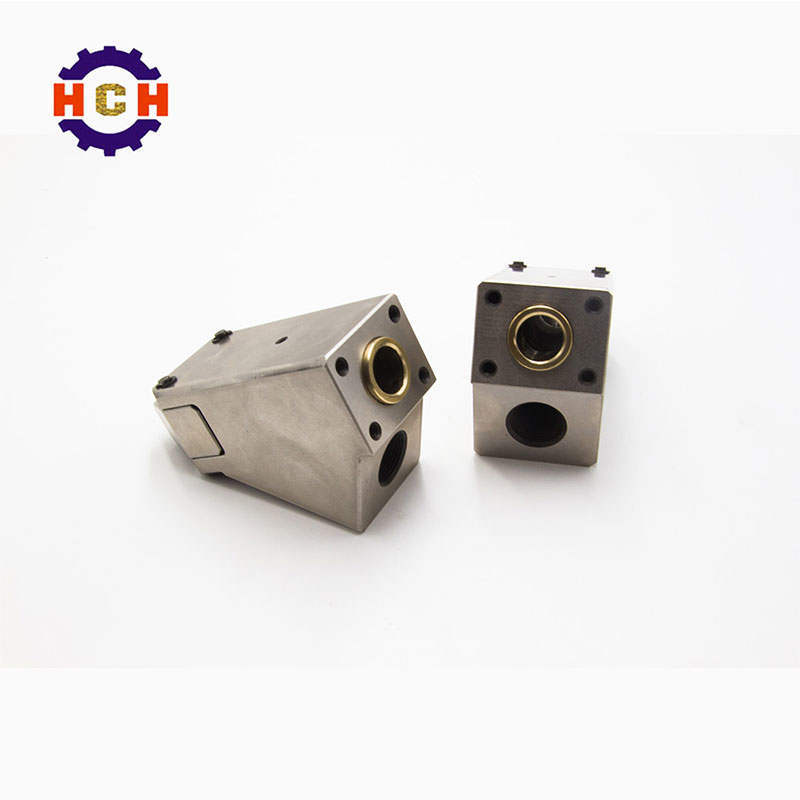1. Salting out method in the treatment of mechanical processing wastewater
The salting out method in the treatment method of mechanical processing wastewater is a hydration film that points to the concentration of inorganic salt substances in the wastewater to a certain concentration and destroys the oil beads. Generally, the commonly used electrolytes are calcium chloride, magnesium chloride, sodium chloride, calcium sulfate, Potassium aluminum sulfate and so on. The emulsified cutting waste liquid was treated with salting-out and demulsification treatment with different electrolytes. The results showed that the larger the cationic charge, the better the demulsification effect; when the metal ions were in the same valence state, the smaller the radius, the stronger the demulsification ability. This is because the smaller the radius of the metal ions, the greater the electric field strength, so that the effective thickness of the oil-dip-diffused electric double layer is reduced, and the potential distribution width and steepness of the electric double layer are lowered, thereby facilitating the demulsification treatment.

2. Coagulation and sedimentation method in the treatment method of mechanical processing wastewater
The coagulation and sedimentation method in the treatment method of mechanical processing wastewater is a pretreatment method commonly used at home and abroad, which has the characteristics of economical simplicity and high treatment efficiency. The coagulation method points to the addition of coagulant and coagulant in the wastewater, and uses the adsorption bridge of the coagulating substance and the sedimentation net to capture the particles, so that the particles of the oil particles become larger and larger, and become a larger aggregate. Other conventional methods enable separation and removal of solid and liquid. There are three major types of coagulants: inorganic, organic and microbial. Among them, organic coagulants can be divided into organic polymer and natural polymer.

The microbial coagulant treatment method and the microbial coagulant treatment method in the method for treating mechanical processing wastewater are a novel coagulant treatment method, and are a kind of metabolite treatment method produced by microorganisms or secretions thereof, which has biological Decomposition and safety, new and efficient, compared with common coagulants, it has many advantages: easy solid-liquid separation, less sedimentation and mud formation; easy to be degraded by microorganisms through its own metabolic reaction, non-toxic, Harmless; no secondary pollution; wide applicability; good turbidity removal and decolorization performance.